When you try to find the number of different types of spiders, the result may shock you. There are currently over 45,000 known species of spiders found across the world. They live in every continent on earth, except Antarctica.
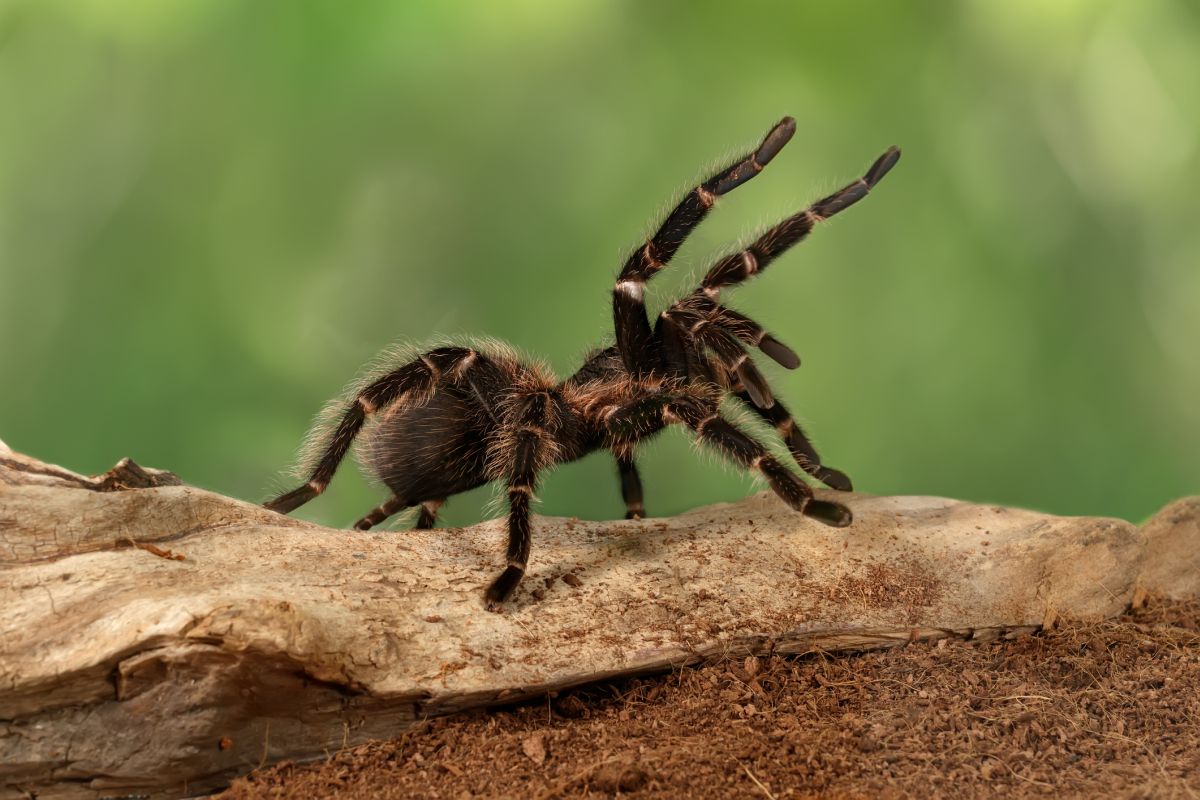
But before thinking of packing all of your stuff and moving to Earth’s southernmost continent, you should know that only 2% of the spider species are venomous to humans. In fact, only a handful of them can cause death.
More often than not, they are afraid of you and would only seek shelter in your home from the elements or prey on the insects found inside your house. Whilst they may be creepy, they are essential to the ecosystem and should be admired for their unique characteristics instead.
Characteristics of a Spider
To identify a spider is very easy, but if you didn’t know them already, here are some identifying characteristics of a spider.
- They have 8 legs. This is what sets them apart from insects in general, the rule is that insects only have up to 6 legs, and spiders all have 8 and they are jointed.
- They have 2 main body parts, whereas some insects have 3 parts.
- They have spinerettes. These are not always visible for identification, but each and every spider has spinnerets at the back of their bodies to make webs.
- They don’t have antennae or wings. Some spiders might run with their two front legs in the air, but they are legs and not antennae.
- They have simple eyes. Some spiders have more than one set of eyes, but each eye is simple, meaning they only have one lens, other than flies who have compound eyes, and is an insects.
- They have chelicerae, a type of appendage in front of the mouth, that are pincer-like and used to capture prey.
- They have exoskeletons. Like many insects, spiders also have exoskeletons, meaning they don’t have bones but rather a hard shell-like exterior, which they shed periodically.
How to Identify Different Types of Spiders
Identifying bright-colored spiders are easier than the more common brown spiders since there are many different species of spiders that look the same, so using the process of elimination is your best bet when trying to identify different types of spiders.
Instructions
- Notice the color of the spider. Look at what its primary color is and all its colored markings or variations. Also, check if it has the same colored legs as its body and whether it is fuzzy or glossy.
- Have a closer look at its legs. If possible, carefully look at the spider’s legs. Notice the proportions of his 8 legs in comparison to his body, for instance, are they short and stocky, or long and thin. Also see if it has hair, fuzz, or spikes on its legs.
- Look at its eyes and pattern thereof. Most spiders have 8 eyes, so take notice of whether all of them are the same size, are 2 or 4 bigger than the others, and how are they arranged. Taking a picture and zooming in is usually much easier than getting super close to the spider.
- Take your information and photo to a resource on spiders. Using the key features you identify, consult the internet or a book on spiders, and see if what comes up is a match. Remember that female and male spiders from the same species might look very different from each other.
Different Types of Spiders
Let’s run through some spider species, that are worth the while to know and understand. Not all spiders are harmful and are very beneficial to the surrounding environment. It is just as important to know which spiders can potentially kill you as it is to know which are completely harmless other than causing your hair to rise.
Types of Household Spiders
These spiders are commonly found in homes all over the world, depending on where you live, you might see some different species that are unique to the region you stay in than on this list.
1. American House Spider
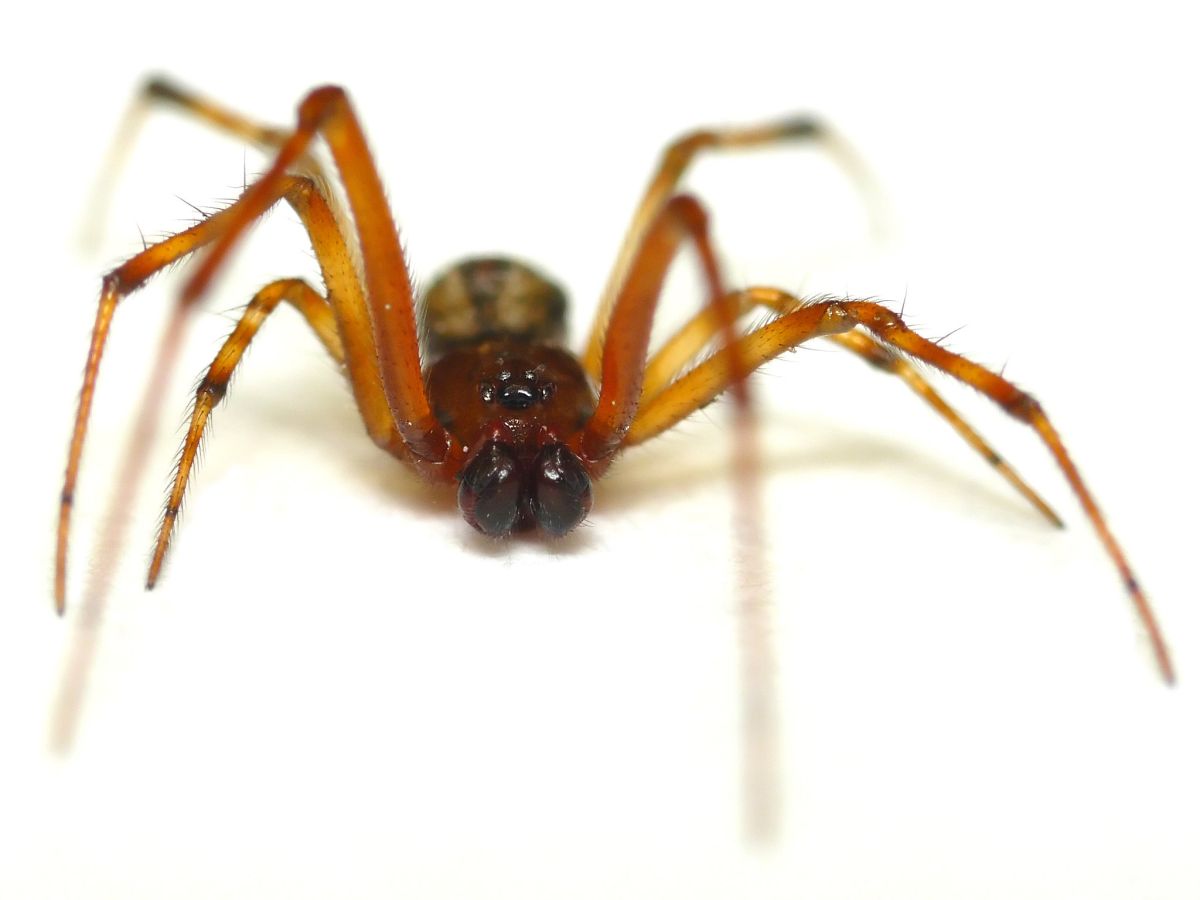
As the name suggests, this little creature often finds its way into the homes of people living in America. They’re about the size of a nickel, a dull brown color with orange to yellow markings and a small round to oval abdomen. Great news, they are harmless, read more about these dark-loving creatures at Spider Identifications.
2. Wolf Spider
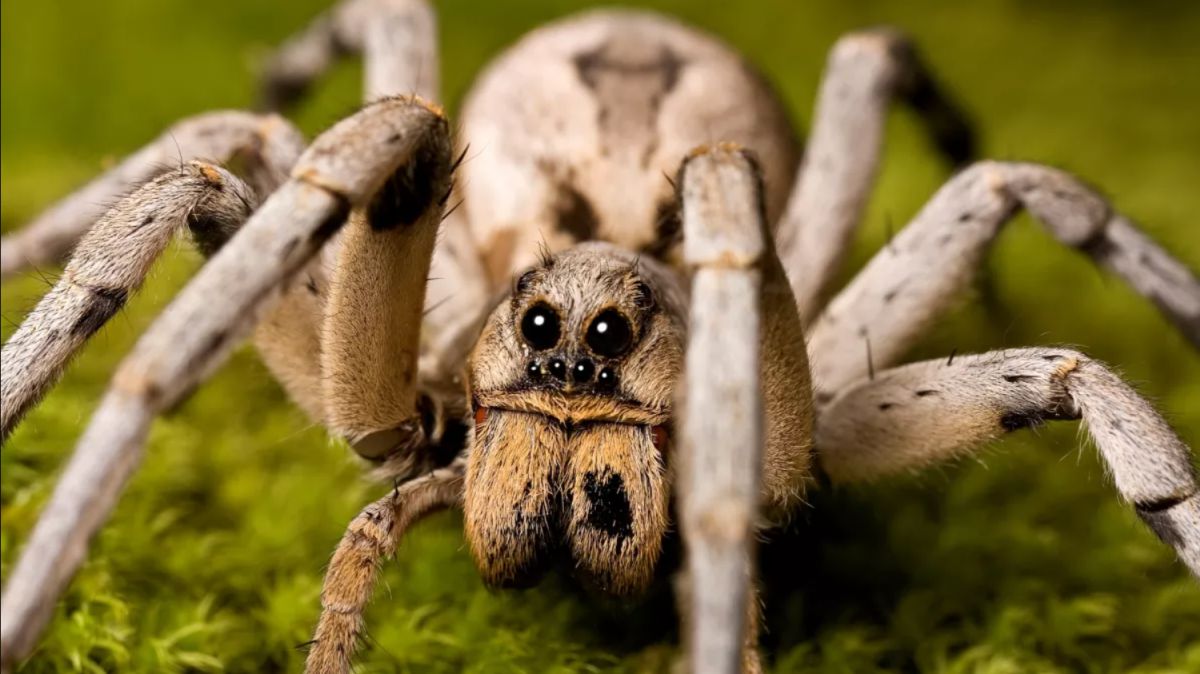
There are well over 200 species of wolf spiders in the world, and they are usually on the larger side of size. They can be up to an inch and a half long with their fuzzy bodies being brown, black, or grey. They dwell in dark basements or sheds and prefer to hide rather than bite, according to Live Science.
3. Daddy longlegs
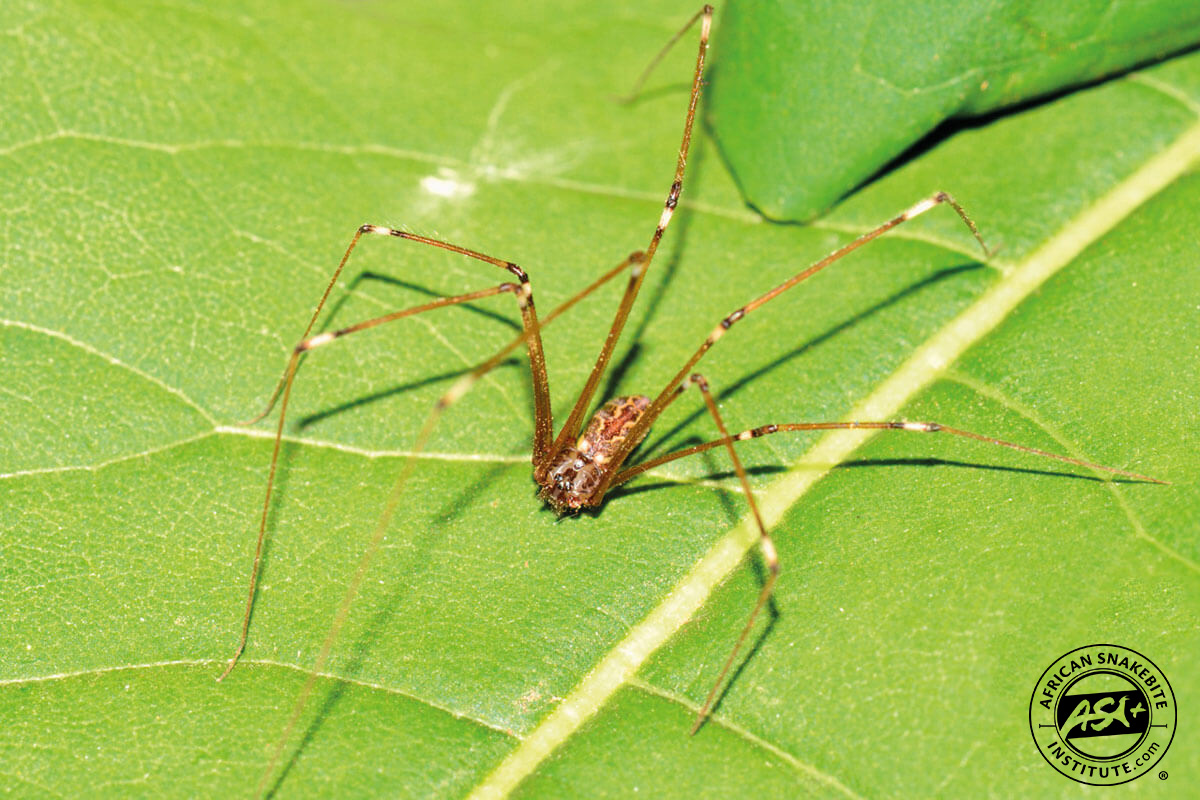
This might be the most common spider found in households all over the world. They are usually small in size, with very long and thin legs. Their bodies are usually colored brown and are completely harmless to humans, the myth of them being very venomous is explained over at African Snake Bite Institute.
Types of Jumping Spiders
Jumping spiders are identified by the way they move, they crawl but they are also very often seen jumping when provoked or as needed to avoid obstacles. Almost all jumping spiders are not harmful to humans and hide away where possible. They’re all part of the Salticidae family of spiders.
4. Zebra Jumping Spider
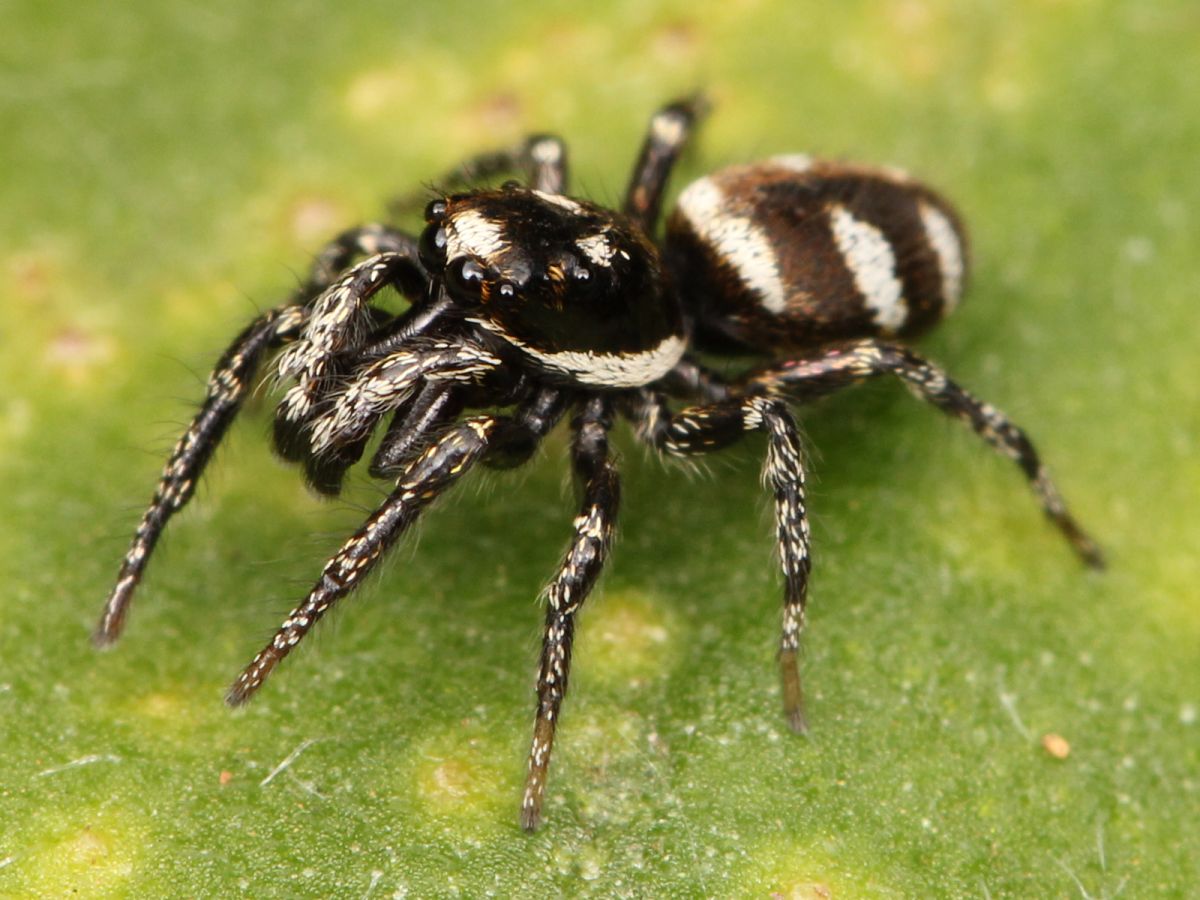
This small spider is a very common spider with distinct black and white colored bodies. They usually hunt even smaller spiders and arthropods. They pose no risk to humans and hides away in gardens and fencings, more often than in your home. iNaturalist has great info on these small spiders.
5. Common Housefly Catcher
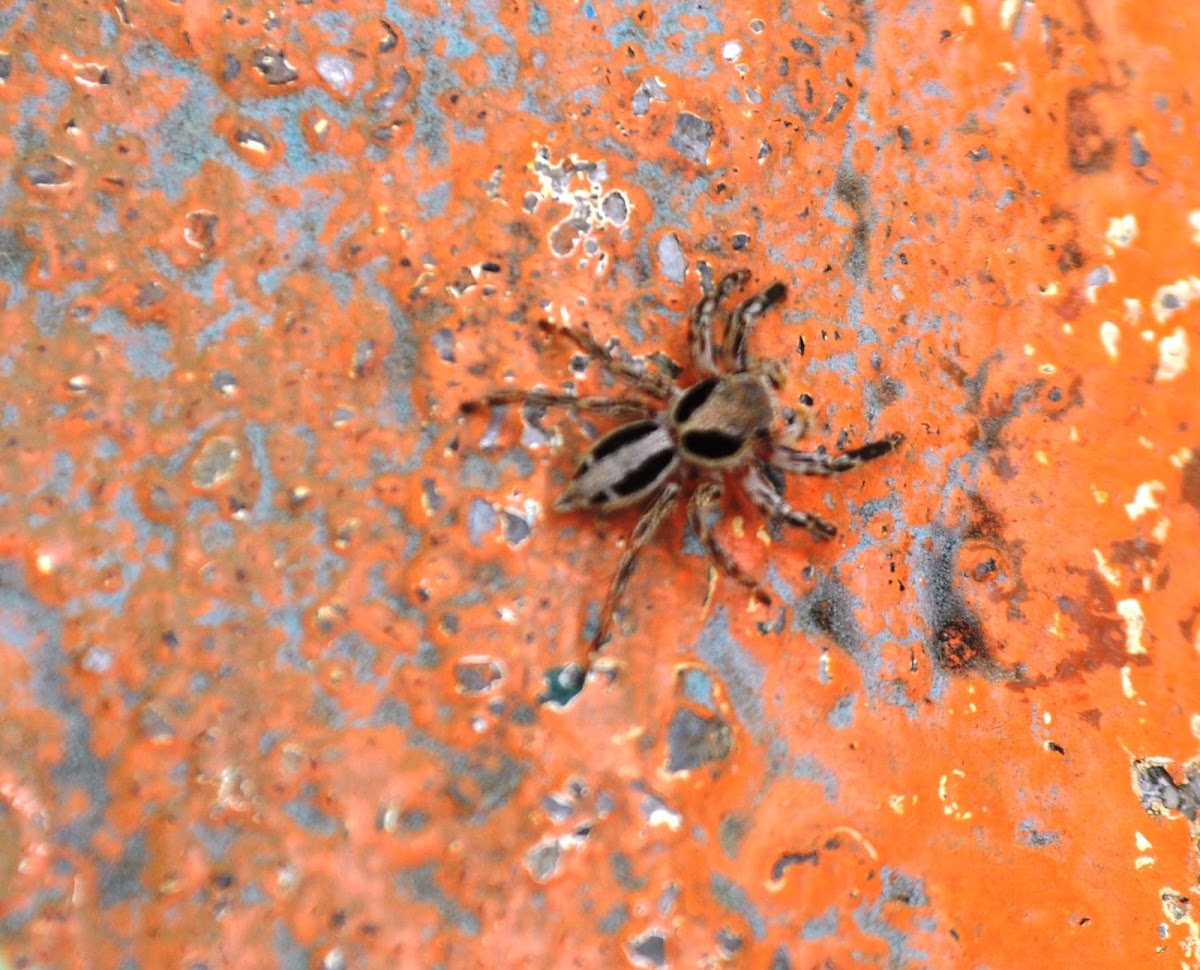
This spider is very common in most households in the Philippines. They have distinct black markings on their brown bodies. They love the sun according to Project Noah and can be found in all sorts of sunny spots such as on rocks or trees.
6. Magnolia Green Jumper
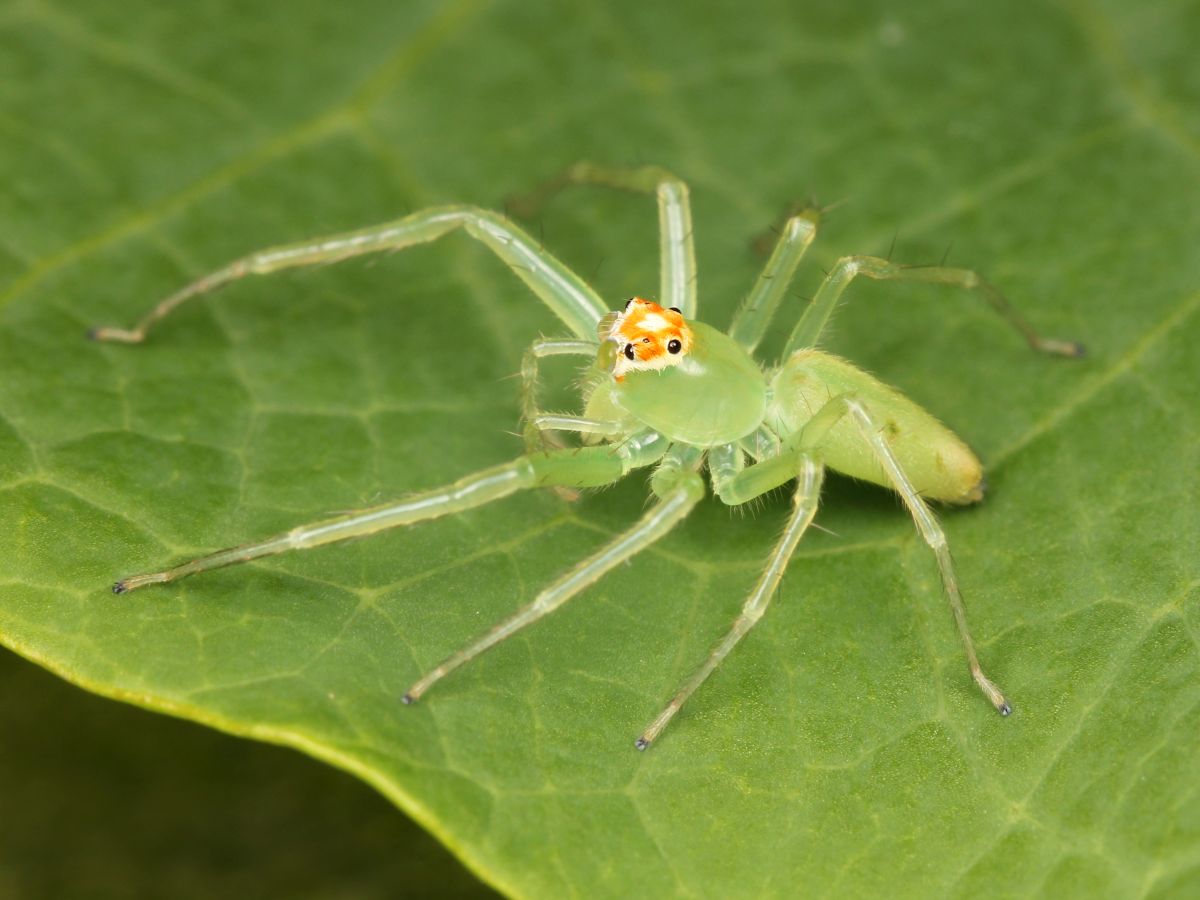
As the name suggests, this jumping spider is green, but it is also slightly different from other common jumping spiders since they don’t have furry short legs, but rather long and fuzz-free legs. They can be often found in Magnolia trees, and you can learn more about them from Insect Identification.
Types of Spiders That Bite
Spiders that bite, have to have fangs that are large enough to penetrate human skin, there are only a handful of these and the chances of running into them are quite scarce.
7. Brown Recluse Spider

This spider is well known for its serious bites, although only 10% of the recluse bites are venomous. They are often confused with wolf spiders but can be identified by looking at their abdomens and seeing a violin-shaped marking. Find out how to treat and prevent bites at Live Science.
8. Banana Spider
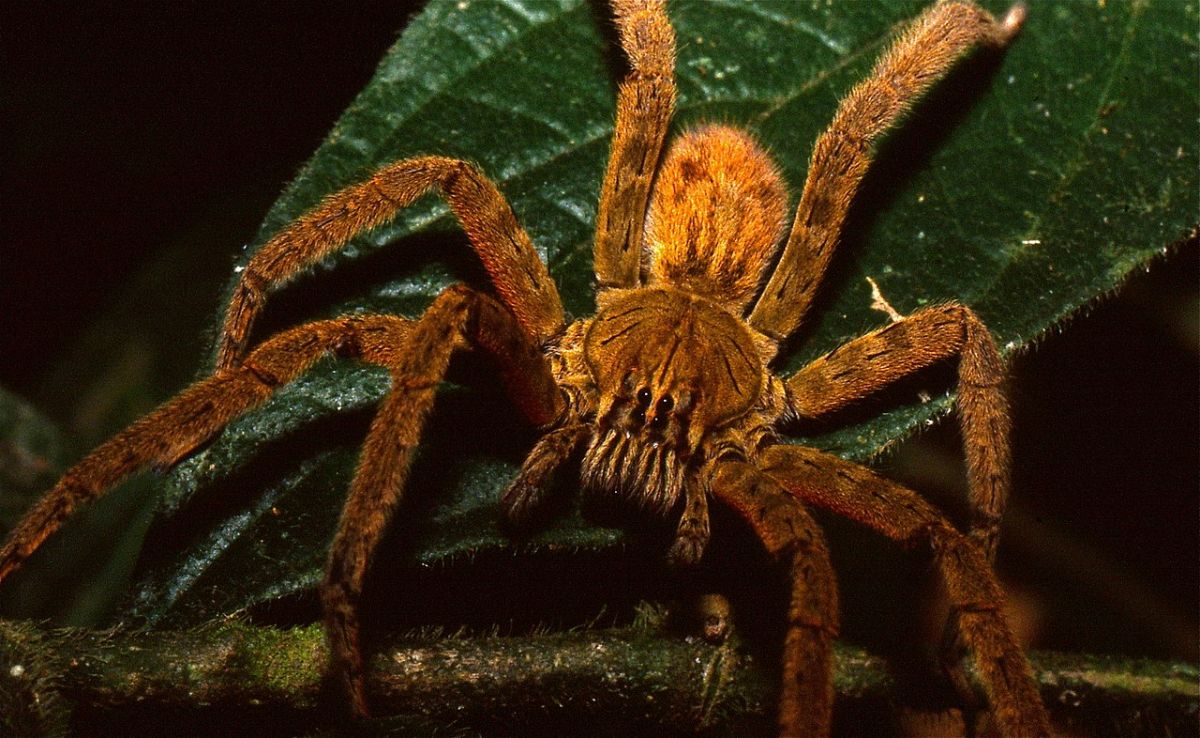
The banana spider bite can cause some mild side effects, but luckily isn’t often seen in the United States. They only bite when feeling threatened, and since they often appear in banana boxes, you might accidentally grab them when reaching for a banana, causing it to bite. Read more about the Banana spider at Healthline.
9. Hobo Spider
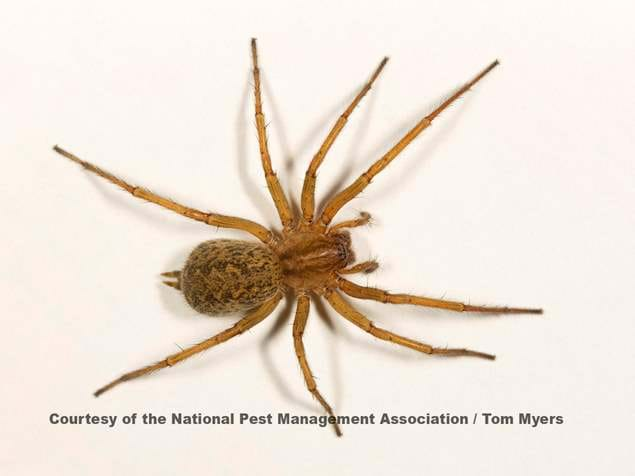
Pest World has some extensive information on Hobo spiders. It got its name from hitching rides with people traveling along highways. Their bites can be painful and serious, but they aren’t often seen roaming around, they hide in cracks and holes in the home.
Types of Venomous Spiders
Venomous spiders are spiders that can be harmful to you if bitten, but some of the world’s most venomous spiders, cannot physically bite you since their fangs are too small to penetrate human skin.
10. Sac Spider
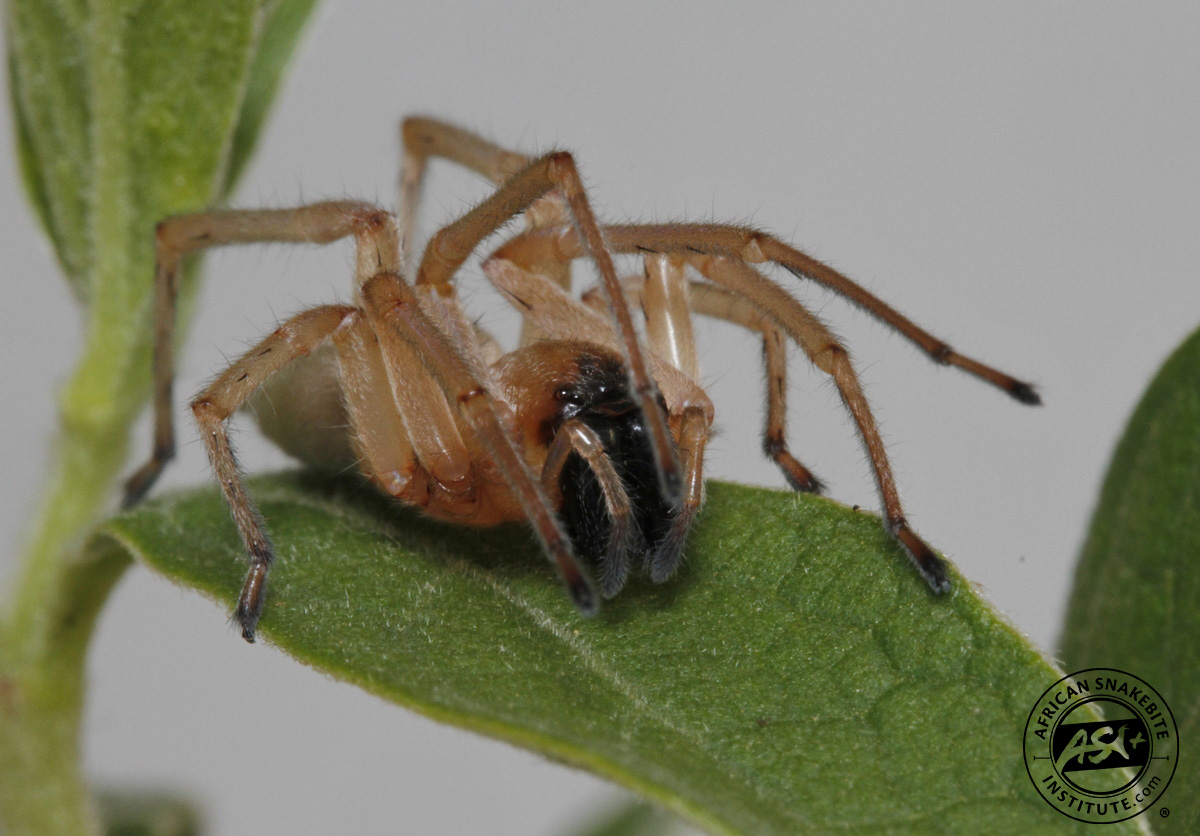
The bite of a sac spider usually occurs during the night when the victim is asleep. It is often unnoticed on the first day after the bite but gradually becomes worse. The victim of the bite can have a wide array of symptoms, such as fever and migraines. It is often confused with the bite of a tick, according to Exploring Biodiversity, but see how they differ on the site.
11. Sydney Funnel Web Spider
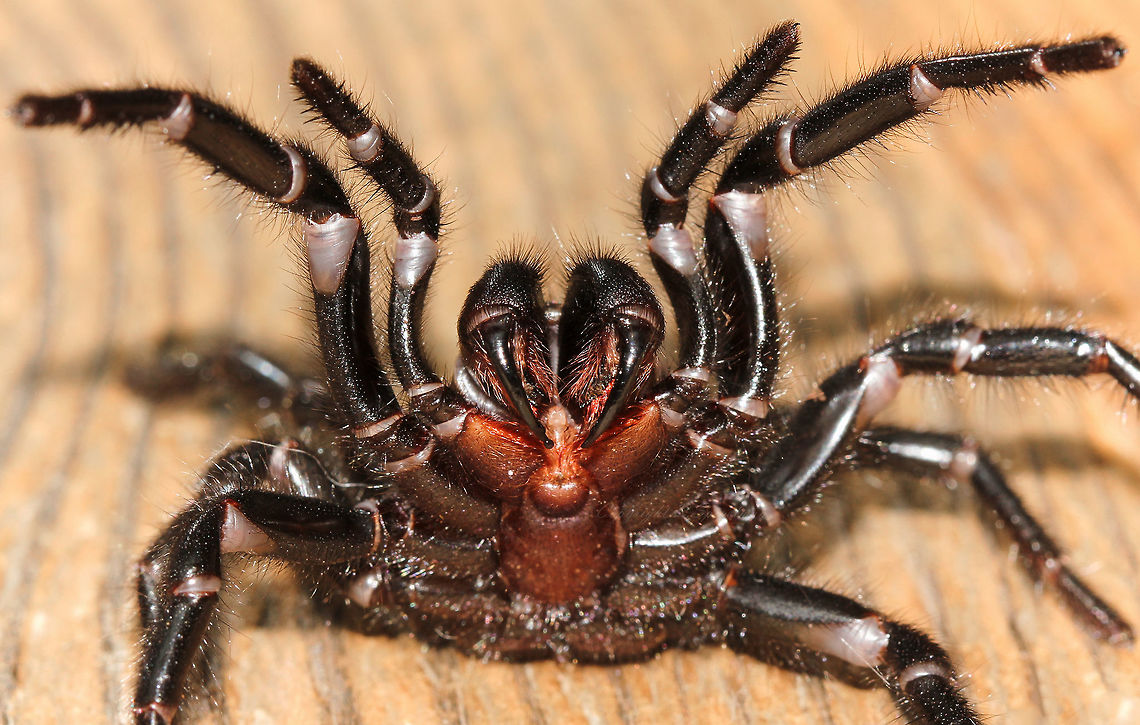
This large spider is very dangerous to humans, and can cause serious neurological damage and in some cases, death. It is not commonly found in America but is more often seen in Australia and New Zealand. More info on these spiders can be found at the Australian Museum.
12. False Widow
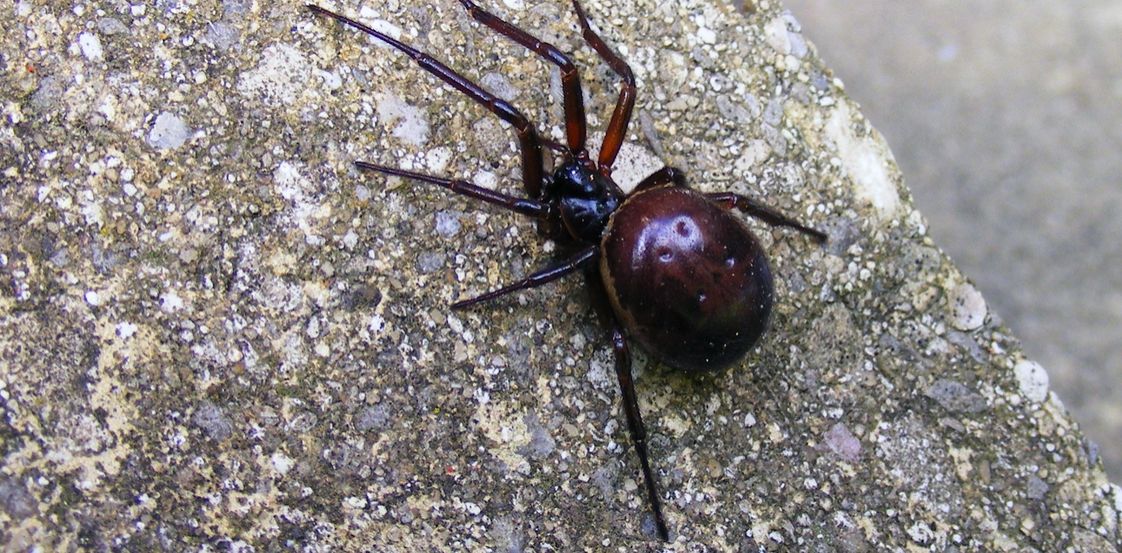
The false widow has a similar shape to that of a black or brown widow spider, but no red hourglass mark. Instead, it has a skull-shaped pattern on its body and there are often news reports of people landing in hospital due to a false widow bite. Read up on them at Wildlife Trust.
Types of Widow Spiders
13. Black Widow
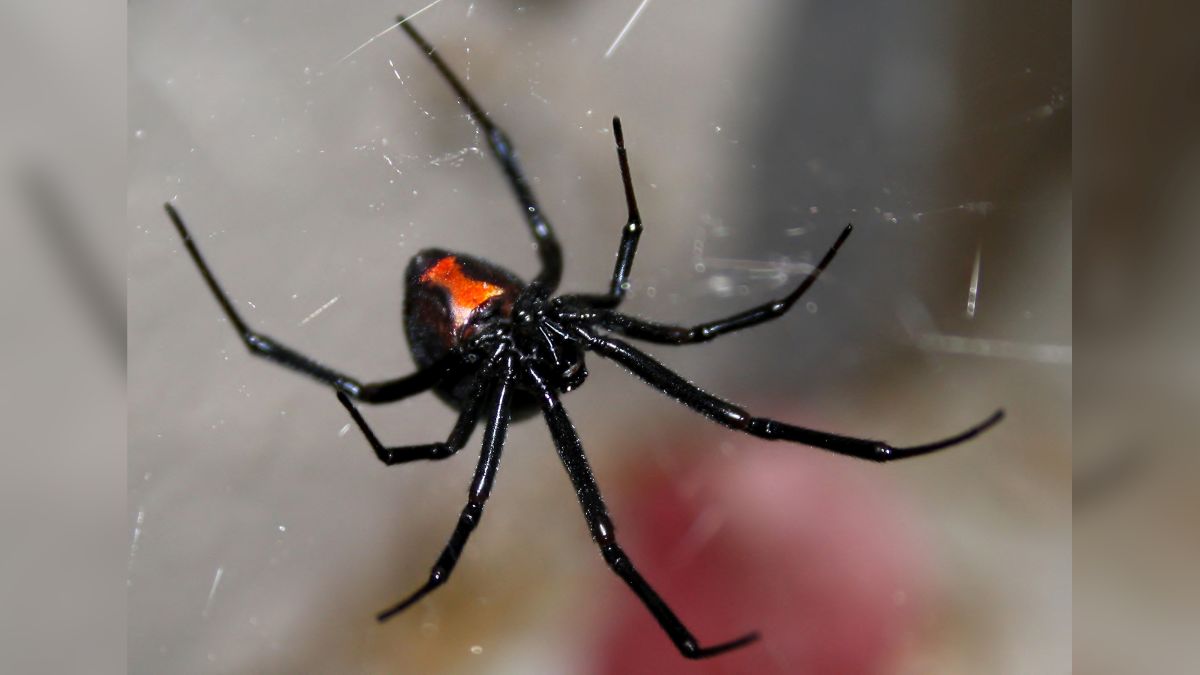
National Geographic identifies this spider as one of the most venomous spiders, with its venom speculated to be up to 15 times stronger than that of a rattlesnake. They are small, glossy black spiders with a distinctive red hourglass shape on their bodies.
14. Red Widow Spider
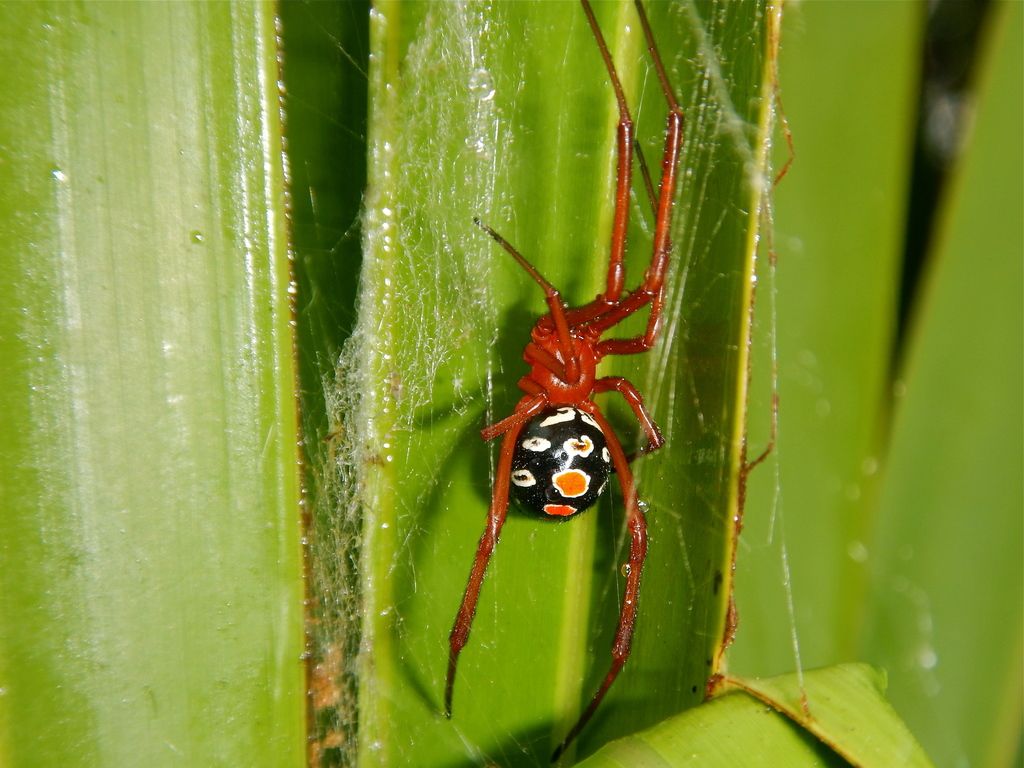
The red widow spider doesn’t have the hourglass shape, but rather some red dots lining the abdomen according to to Imagine Our Florida. They are much less harmless than black widows and no deaths have been reported from their bites.
15. Brown Widow
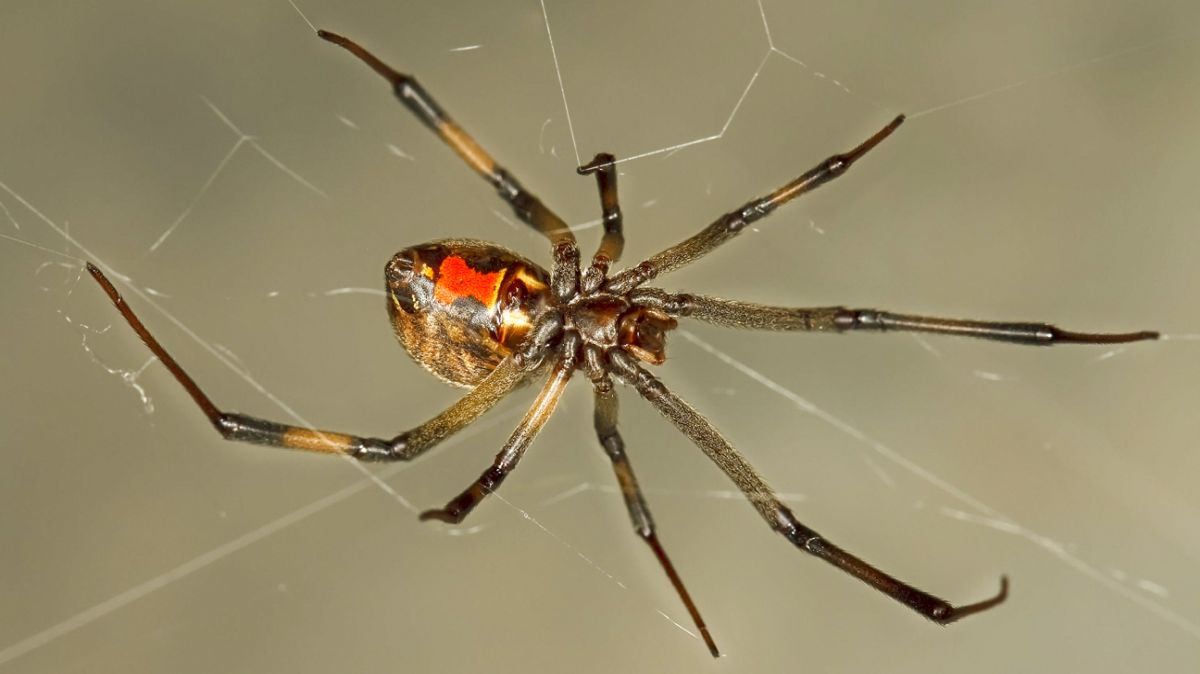
Similar to the black widow spider, the brown widow looks very similar, including the red hourglass mark on its body, the difference is the overall color of their bodies is mainly brown. It is less venomous than the black widow but still can cause some painful side effects. Healthline
Type of Wolf Spiders
These robust and agile hunters are some of the larger spiders found in nature. They usually live in solitude, hunt alone, and don’t often spin webs.
16. Rabid Wolf Spider
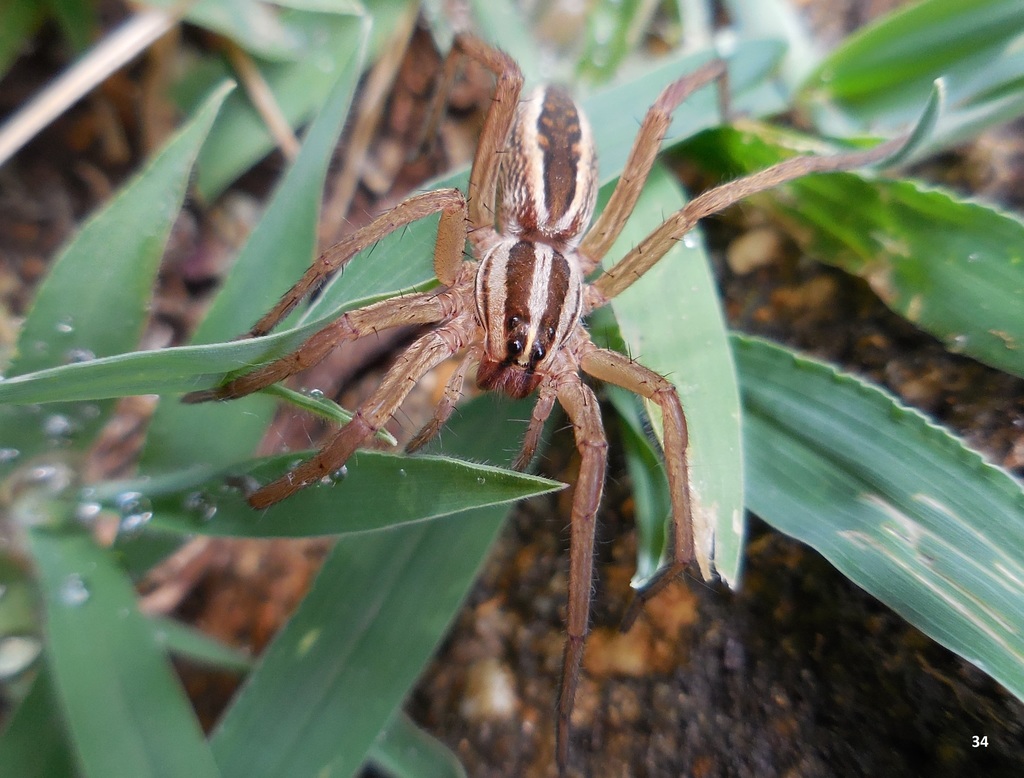
They earned their name by means of their behavior, they usually run around erratically, seemingly crazy. They can be spotted at night if a light is shined on them since their eyes reflect light in a way similar to that of dogs and cats. Read up on them at Insect Identification.
17. Carolina Wolf Spider
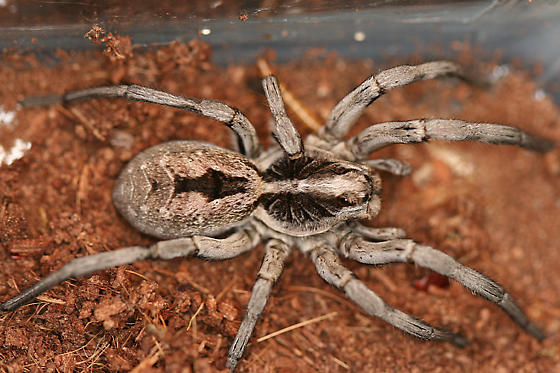
This is considered to be the largest wold spider in Northern America, with females being up to 35mm long. They are found in grasslands and meadows and often hide under rocks during the day. Bug Guide has some more detail on this spider.
Type of Garden Spiders
Garden spiders come in all shapes and sizes, but they are usually more colorful than those hiding in dark corners, they’re meant to blend in with the bright and colorful landscape around them, so bright colored markings are often seen on their bodies and legs, if not their whole body.
18. Golden Orb Spider
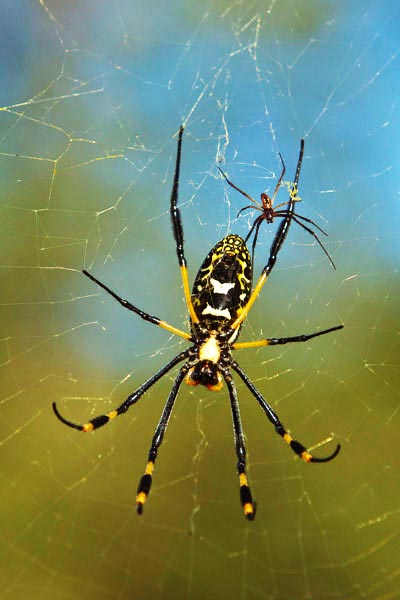
These harmless spiders are either beautiful or revolting to their observer. They spin webs that are yellow-colored and are where they got their name since the web looks gold in the sunlight. They usually spin massive webs, spanning up to 2 meters wide. Sabi Sabi has some insight into these creatures.
19. Goldenrod Crab Spider
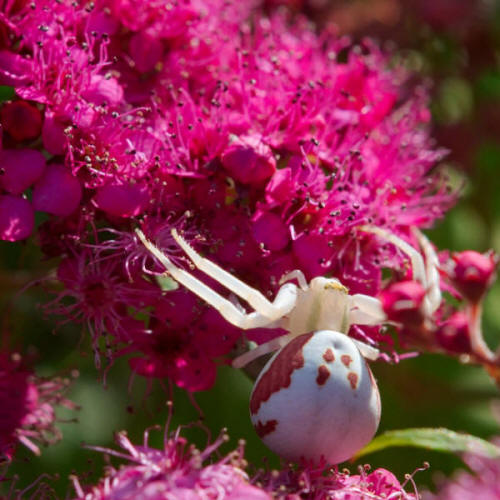
These little spiders don’t spin webs to catch their prey, instead, they patiently wait on flower blooms until an unsuspecting bug comes over to enjoy the nectar of the flower. The most interesting fact found on Kidzone, is that these spiders can actually change color, but it takes about a month to do so.
20. Filmy Dome Spider
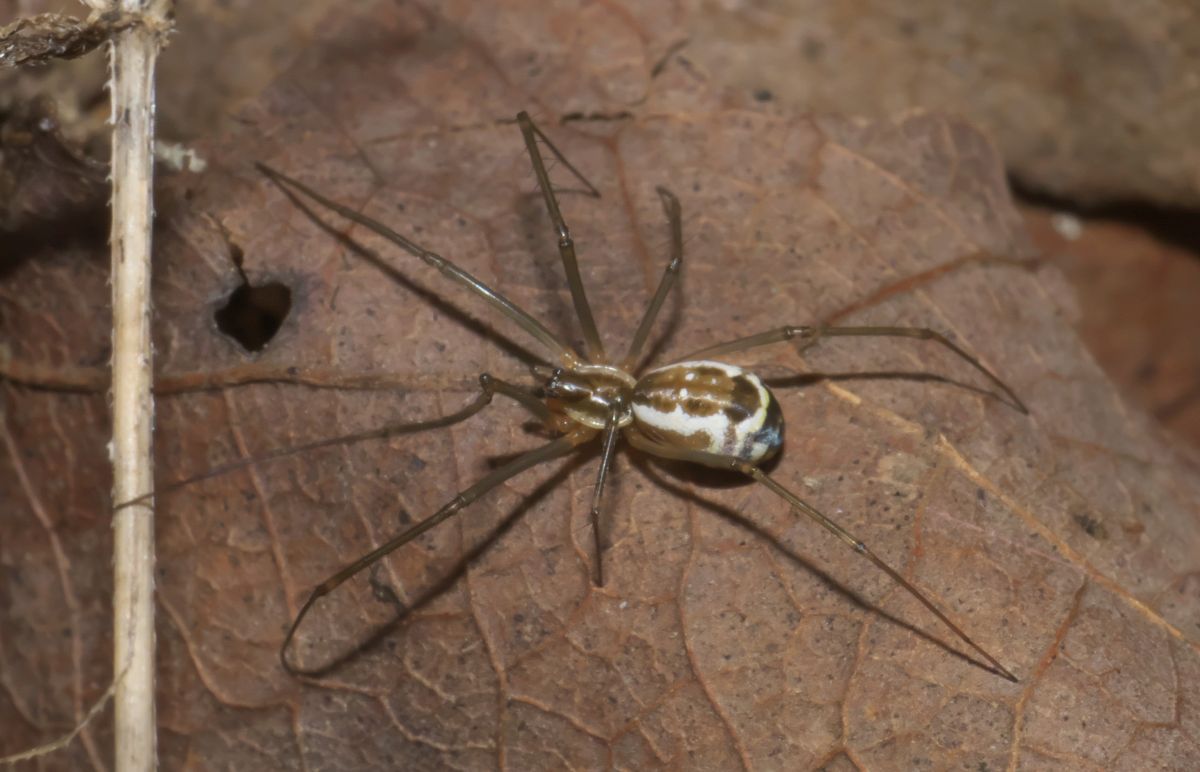
Kidadl has a lot of fun facts about this little spider. They complete their entire life cycle in less than a year whilst living in low vegetation. These spiders are found all over the world but mostly in Europe. They build their nests upside down in a dome shape, hence their name.
FAQ
What is the Biggest Type of Spider?
The biggest spider in the world has a rather fitting name. The Goliath Bird Eater Spider, with a leg span of nearly a foot wide, does in fact actually prey on small birds. It is the biggest spider by both body size and weight, coming in at 175g.
How Many Types of Spiders Are There?
Currently, there are well over 45 000 species of spiders found all over the world, except Antarctica.
What Types of Essential Oils Keep Spiders Away?
Typically any strong-smelling essential oil keeps most bugs away, but here are some of the best essential oils to keep spiders away:
- Citronella
- Lavender
- Tea tree
- Peppermint
- Eucalyptus
- Cedarwood
What is the Rarest Spider In The World?
Recently, the world’s most endangered, and thus rarest spider was born at the Bristol Capital Zoo in England. The Desertas wolf spiderlings were successfully incubated after the mother died. In nature, they are only found at Castanheira Valley on one of Madeira’s Desertas Islands.
What Types of Insects Do Spiders Eat?
Usually, most spiders prey on small insects such as mosquitos, moths, flies, and sometimes other spiders. Some species don’t only eat insects but also supplement their diet with nectar, pollen, seeds, and leaf materials.
Conclusion
There are thousands of types of spiders, with only a handful being venomous and dangerous to human lives. They truly are more afraid of you than you are of them, they hide in dark places, which gives them a creepy reputation, but fear not, they’ll probably help you keep the mosquito and other common insect population down at your home. They will never intentionally hurt you, so consider leaving them be if they’re not a dangerous type of spider.
